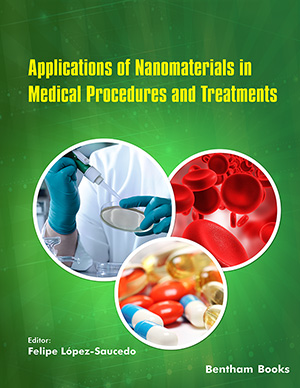Abstract
The use of prosthesis plays an important role in rehabilitation in the case of
congenital absence or loss of an extremity. Apart from lower and upper extremity
prostheses, there is a wide variety of prostheses used in different parts of the body.
Unlike limb prostheses, these are permanently placed in the body by surgical
intervention and are also called implants. New studies emerge every day in the
development of innovative prostheses and implants. These innovations include material
selection, new material development, control strategies, feedback system development,
sensor and actuator development, power supply methods, and power equipment
development work. Besides, many studies aim to increase user comfort as well as
acceptance rate and the useful life of prostheses. Some researchers are working to
develop prostheses exclusively for the use of children. Innovative developments in
prostheses and implants are examined in this section. Developments are presented from
various aspects, and information is given about the research that has made significant
contributions to the field. As an example of technological development in prosthetics,
an autonomic tumor prosthesis developed for children with bone cancer is introduced at
the end of the section as a case study.
Keywords: Active prosthesis, Implant, Innovation, Material selection, Orthopedic implant, Pediatric prosthetics, Prosthesis classification, Prosthetics, Tumor prosthesis.






















